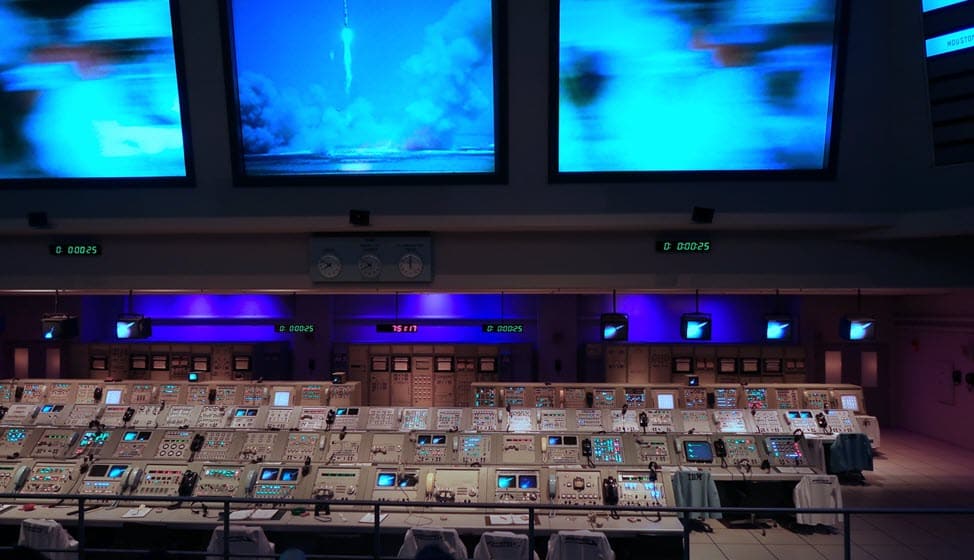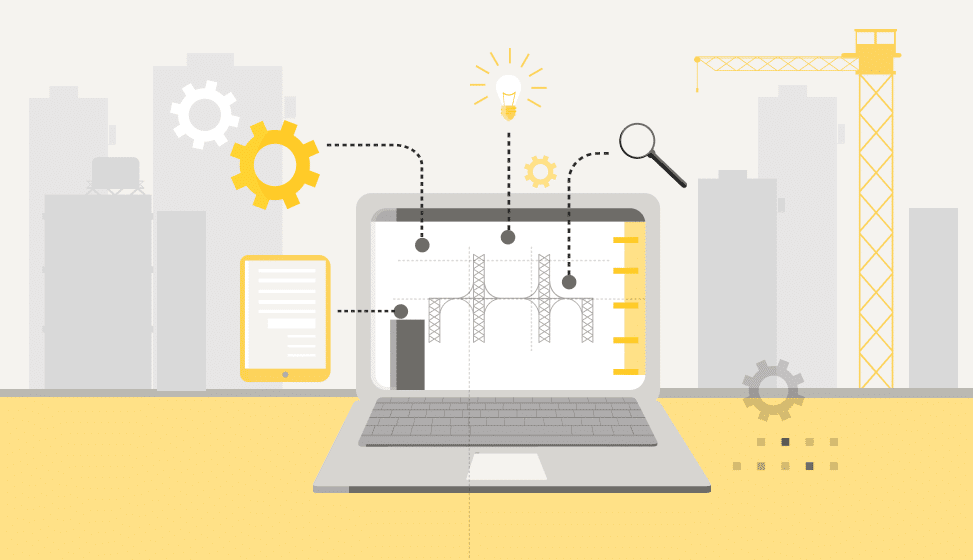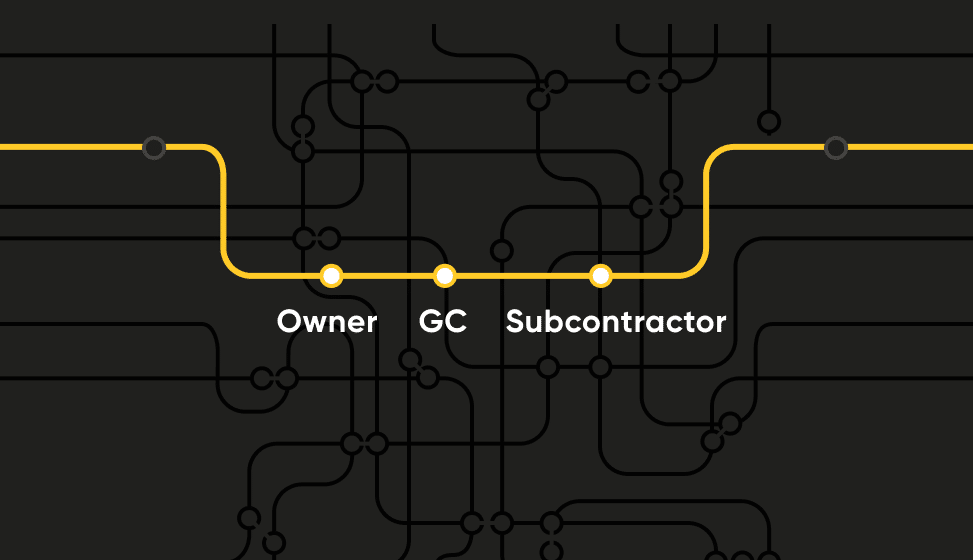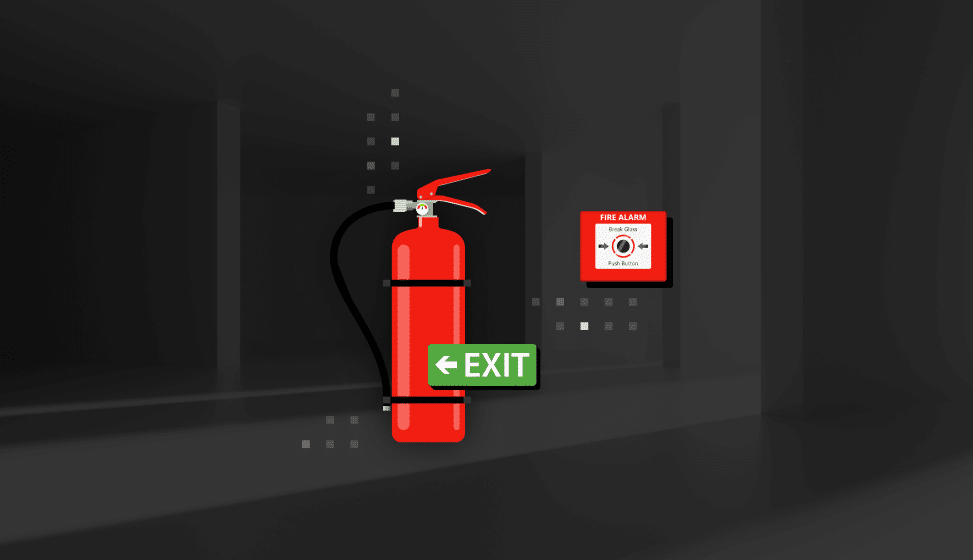Project visibility What Is A Construction Control Room And Why Do You Need One?

It is well known that Construction has had a productivity problem for many years. With the use of outdated methods and the low rate of digitization this is perhaps to be expected. But what can be done to accelerate the change and bring the necessary outputs that will raise standards and value in the sector?
Increasing and maintaining efficiency and productivity is the key to making this change, but to do that, contractors need accurate data to tell them where improvements can be made and act accordingly.
With its roots in Manufacturing, the Control Room provides the answer with an approach based on automation of processes, and continuous tracking and measurement of project progress.
Mission Control
The idea of ‘mission control’ is usually associated with agencies such as NASA. It is the center of a process involving many people with one ultimate goal or mission, all brought together to fulfill their own individual tasks to get the job done. All parties are dependent on each other and rely on having up-to-date, accurate and impartial data that can give a real-time view of progress and milestones, as well as being an indicator of any issues.
But the concept rings true for construction projects too, and the laser focus on data management and constant tracking of each element can be the difference between a successful outcome or a failure to meet objectives.
Complete project visibility
One of the main challenges of a construction project includes accessing all of the data from the site and being able to structure it in such a way to get meaningful insights that can be analyzed and actioned accordingly.
Whilst steps can be put in place to track productivity, progress and design changes, because of the sheer volume of data it is difficult to keep track of all the moving parts included here. Additionally, if you start with inaccurate data then you are fighting a losing battle. Rubbish in, rubbish out, as they say….
The control room does exactly what it says on the tin. It gives a birdseye view of the project (or projects) by providing all mission-critical information to the relevant stakeholders when they need it, allowing them to make decisions based on what is actually happening, instead of what they think is happening. This could be an early warning of a substantial drop in pace from a particular trade that will impact the construction delivery path. Or, identification of an error that, if not resolved immediately, will delay the work of the next subcontractor due on site.
Through the power of technology, a new approach is available to project teams that would previously have had to rely on inconsistent and patchy data to keep things moving and determine progress through only subjective information. Now, the project is laid out in front of everyone who needs to input and contribute. The control room provides just that – total control.
Buildots – Your virtual control room
The Buildots platform takes the idea of the control room and uses these principles to streamline construction processes and hand power back to the contractor, through the provision of accurate, real-time data.
With the use of 360-degree, hardhat mounted video cameras, Buildots uses routine site walks to capture what stage each area of the build is currently at. The visual capture is used to create a ‘digital twin’, a digital model of what has been built to date, which is then compared against the previously supplied BIM model.
AI algorithms map all processes and display them in a dashboard interface that gives complete visibility and a true status report of progress, which can then be drilled down on to analyze by subcontractor, location or task.
This level of granularity and automation is reminiscent of manufacturing environments, where process controls are highly developed – one reason why for some time now it has been seen as the benchmark that Construction should strive to attain. In fact, a global McKinsey study (1) revealed that the cost of this lack of transparency and visibility of quality data was an estimated 30% loss in industry productivity.
The level of insight described above is a game-changer for construction management and makes significant improvements in the following areas –
- Data collection and retention
- Information flow
- Structured data
In turn, the benefits for contractors are huge, resulting in major increases in efficiency and productivity. They include:
Automated Progress Tracking – Continuous tracking by the system means site labor can be allocated and focused elsewhere
Early Warnings – Issues spotted can be rectified immediately, instead of snowballing to major problems later requiring costly rework
A single source of truth – Data analysis is based on objective, accurate information which can be supported by evidence
The Control Room is elevated completely when you go beyond the project level and instead apply this across a whole Enterprise. Imagine the insight that can be collected when comparing multiple projects, the ability to spot trends in processes and subcontractor productivity, is highly valuable and would not be possible without the algorithmic technology required to make the data useful. The ability to see the whole picture also creates insight into performance, meaning the learnings from successful projects can be identified and carried forward as a template for future success.
A better way of working
Of course, the control room is not just a concept, physical control rooms exist across many industries, but understanding their purpose and benefit as we apply the same methodology to the software world with solutions such as Buildots, makes a compelling case for their use in Construction.
Ongoing innovation and organizations already adopting this approach, mean the construction control room will maintain an essential place as part of the project management function, with highly efficient and more predictable outcomes.


